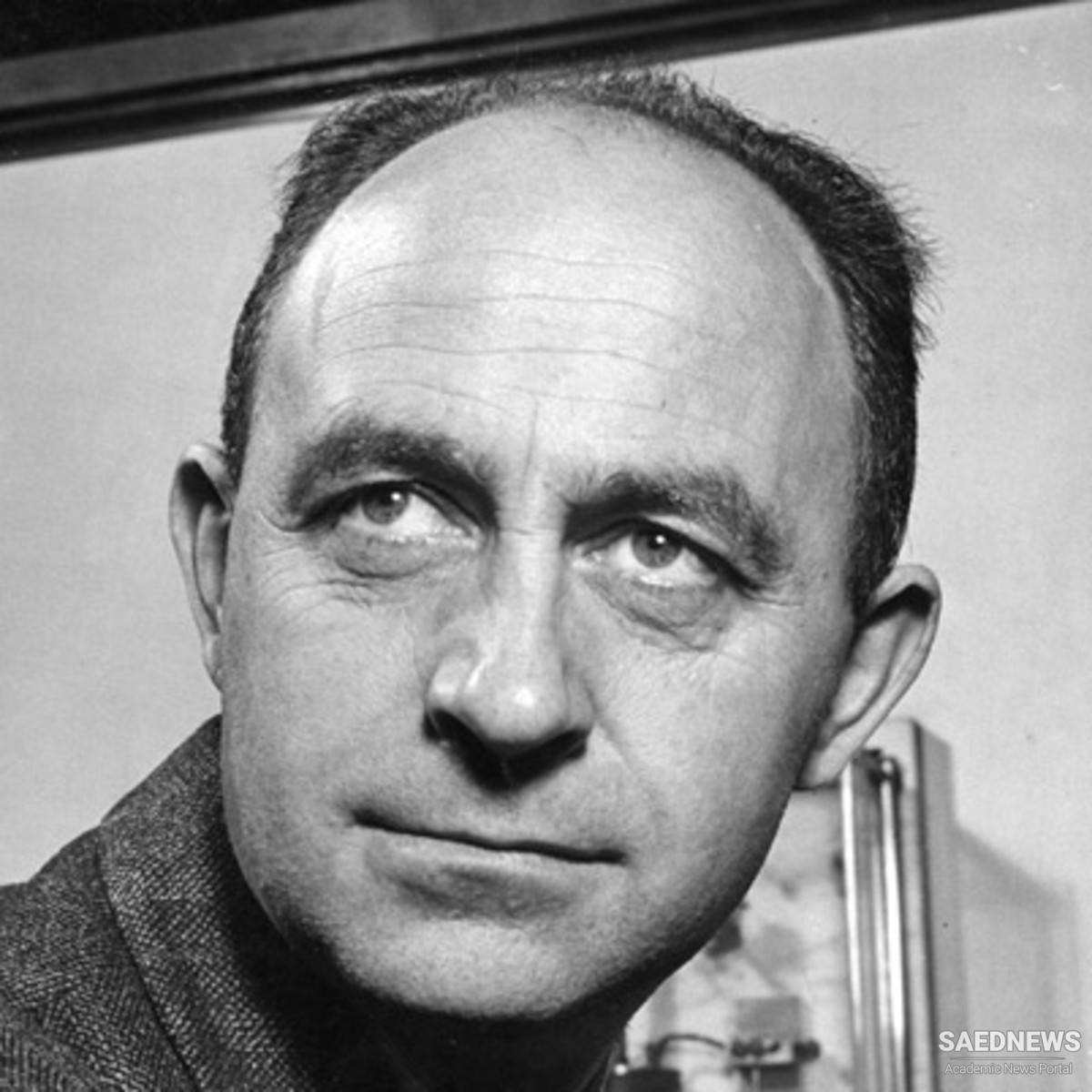Enrico Fermi’s first reactor provided the key technology needed for the production of large quantities of plutonium. This human-made transuranic element (discovered early in 1941) was highly prized by physicists as the more efficient candidate nuclear fuel for the first American atomic bomb. The other fissile material for making an atomic bomb was highly enriched uranium 235, a relatively rare isotope extracted from natural uranium. During World War II, fear that scientists in Nazi Germany were trying to develop a similar superweapon gave high-level priority to the massive U.S. atomic bomb effort, code-named the Manhattan Project. It was the Manhattan Project that also produced the second world-changing event of nuclear technology. At 05:29:45 A.M. (mountain war time) on July 16, 1945, the world’s first nuclear explosion took place. An incredible burst of human-made light pierced the predawn darkness of a remote portion of the southern New Mexican desert and bathed the surrounding mountains in the glow of a nuclear fireball. The bulky, spherical plutonium-implosion device, codenamed Trinity, exploded with a yield of 21 kilotons and completely vaporized the 33-meter-tall steel support tower upon which it was hoisted. The tremendous blast signaled the dawn of a new age in warfare—the age of nuclear weaponry. From this fateful moment on, as a species, humankind was now capable of unleashing wholesale destruction on our planet in an instantaneous level of violence unavailable in all previous periods of human history. While observing Trinity’s fireball, the American physicist J. Robert Oppenheimer (1904–1967), who lead the team of atomic bomb scientists at Los Alamos, New Mexico, recalled the ancient Hindu declaration: “I am become Death, the destroyer of worlds.” Less than a decade later, almost like the hero in a classic Greek tragedy who successfully completes a difficult quest and receives punishment as a reward, this brilliant physicist would be ushered off-stage in disgrace when government officials denied him further access to classified information.


 Nuclear Technology and Future of Human Civilization
Nuclear Technology and Future of Human Civilization














































